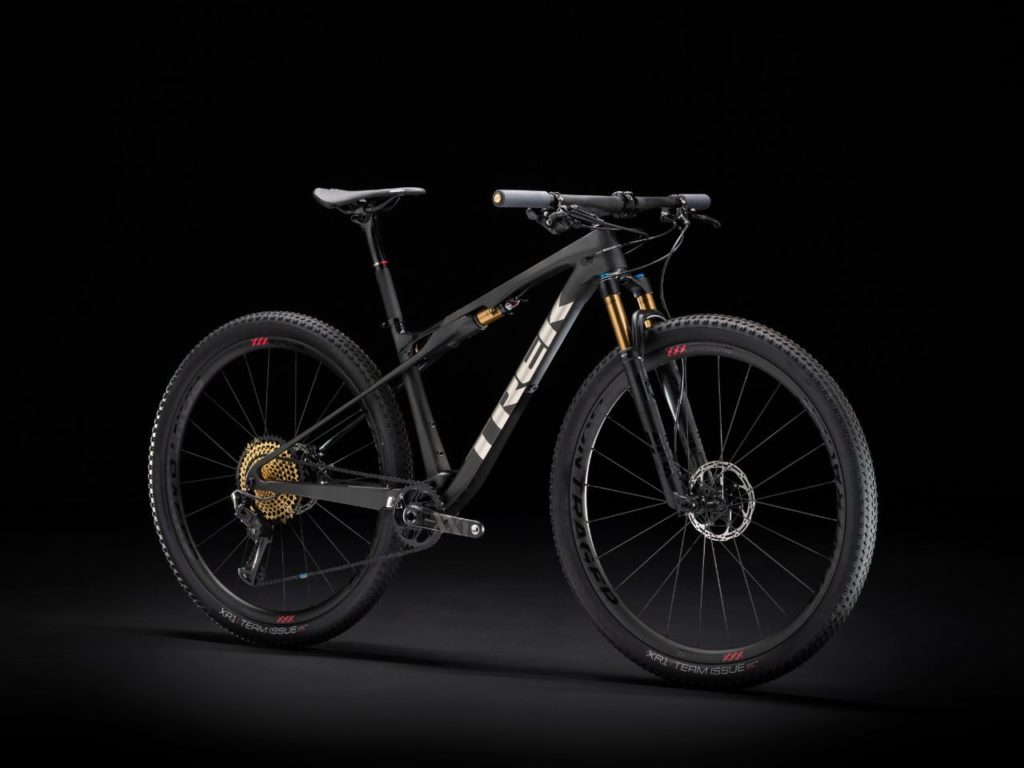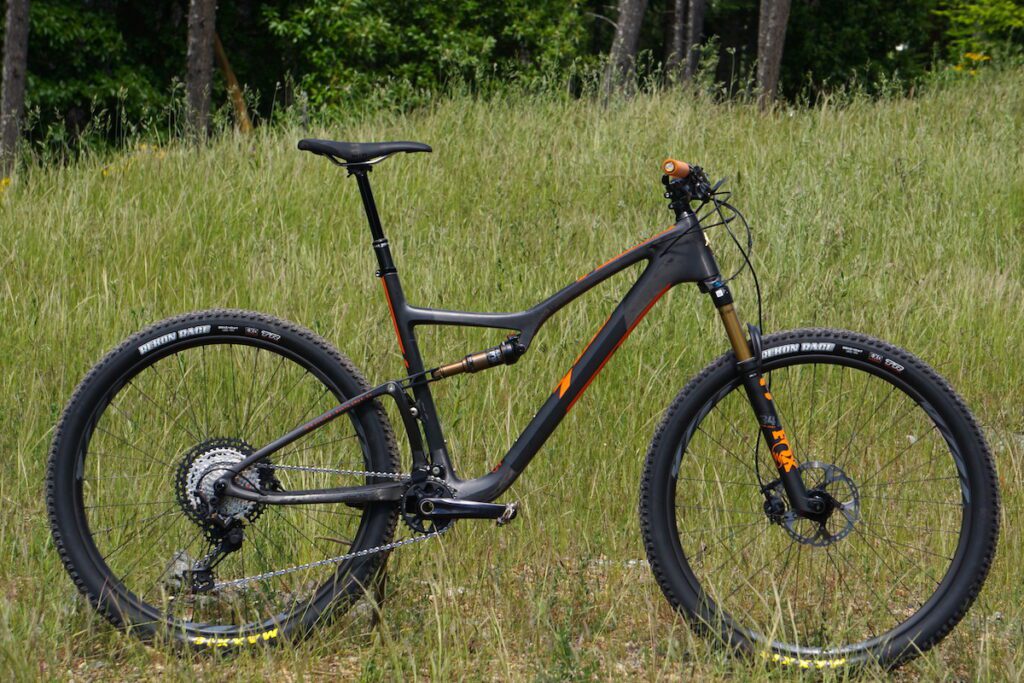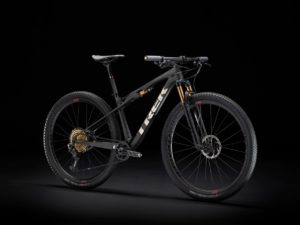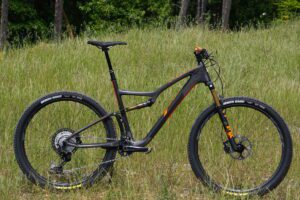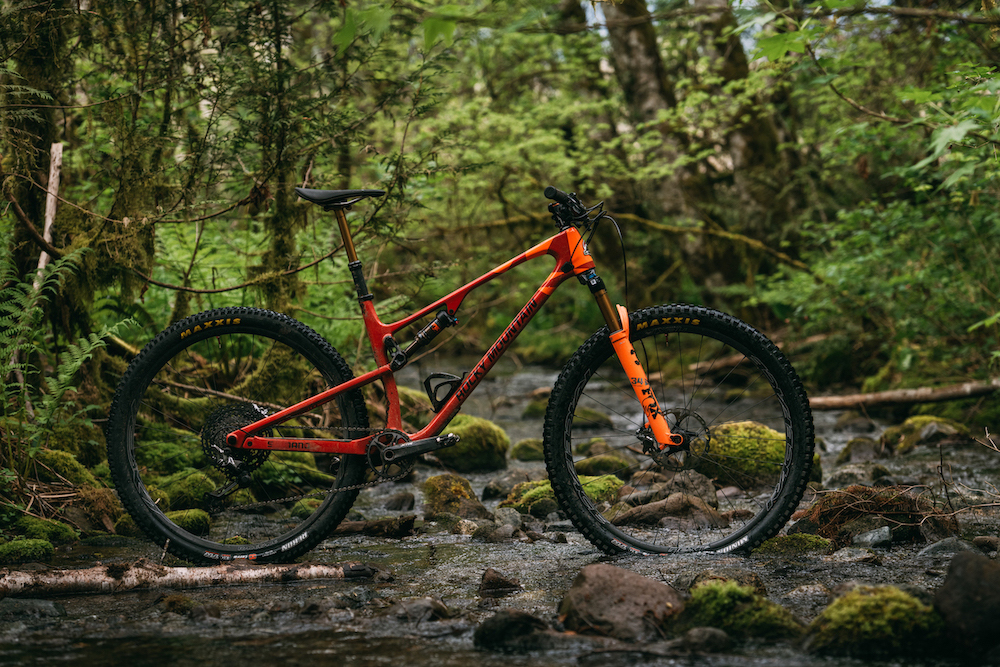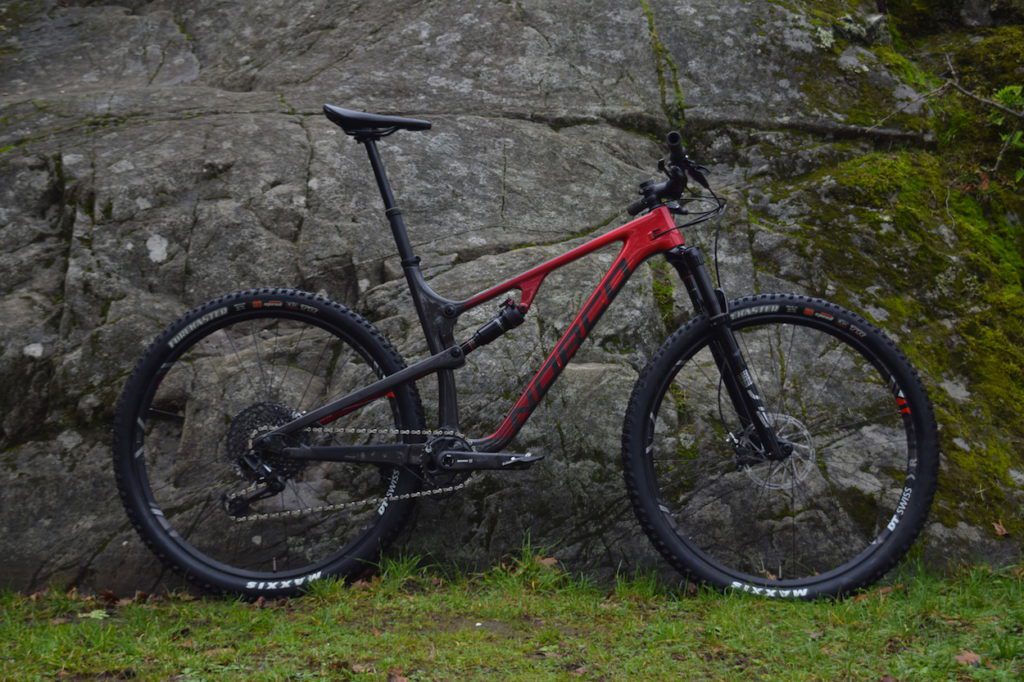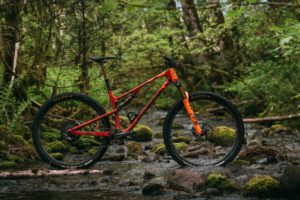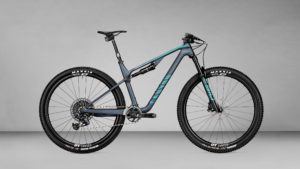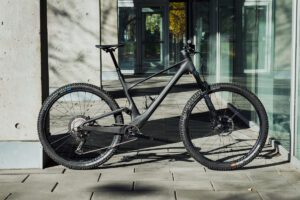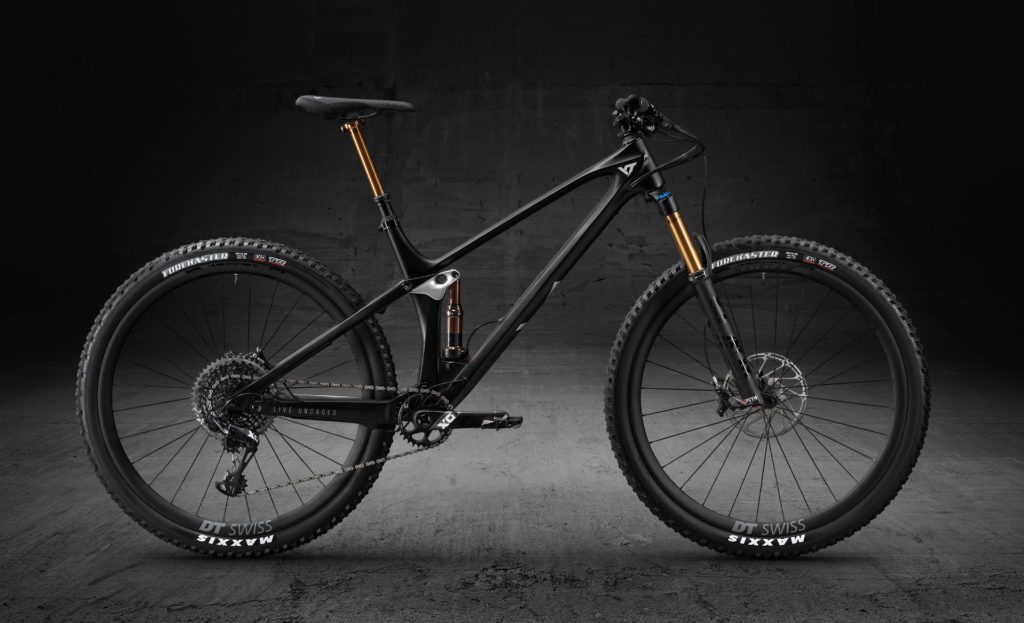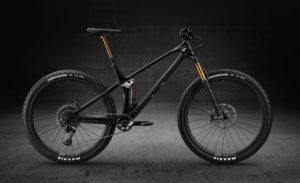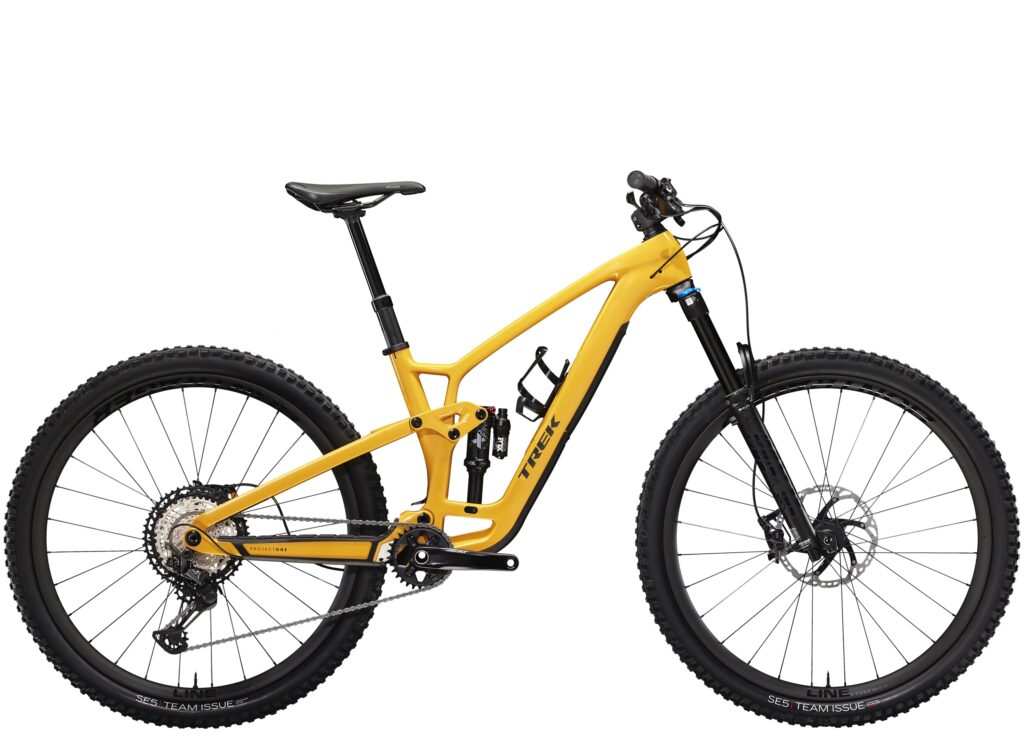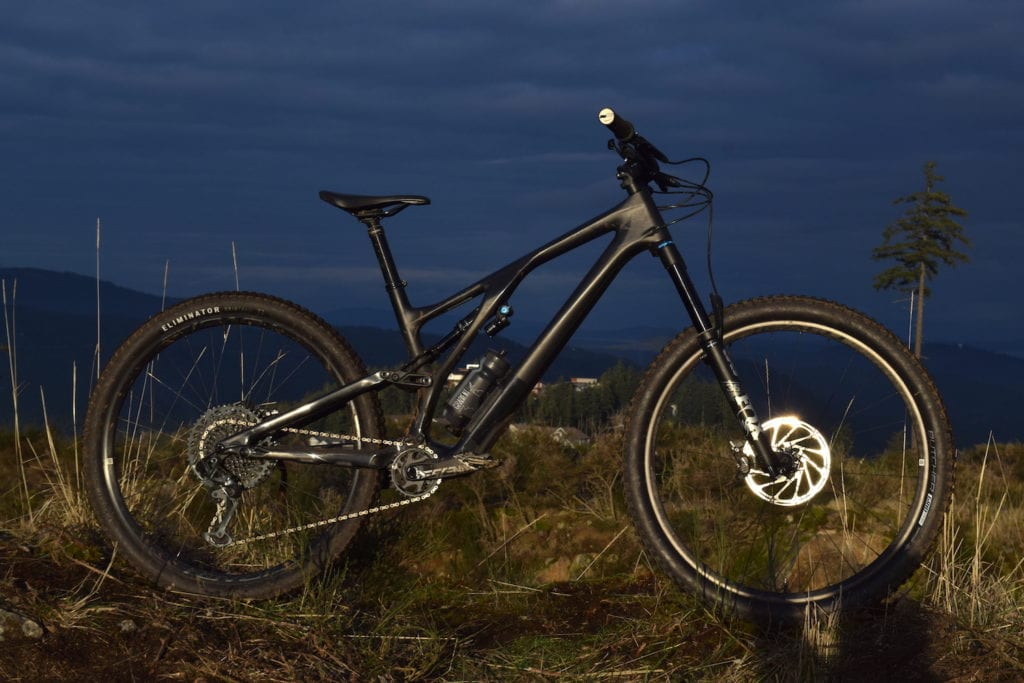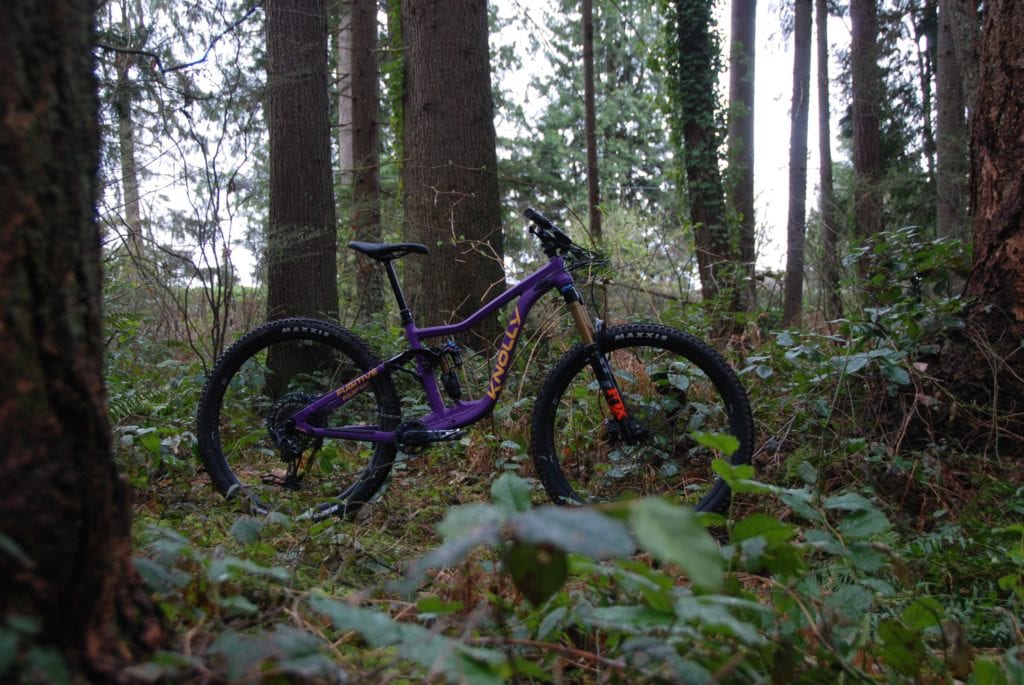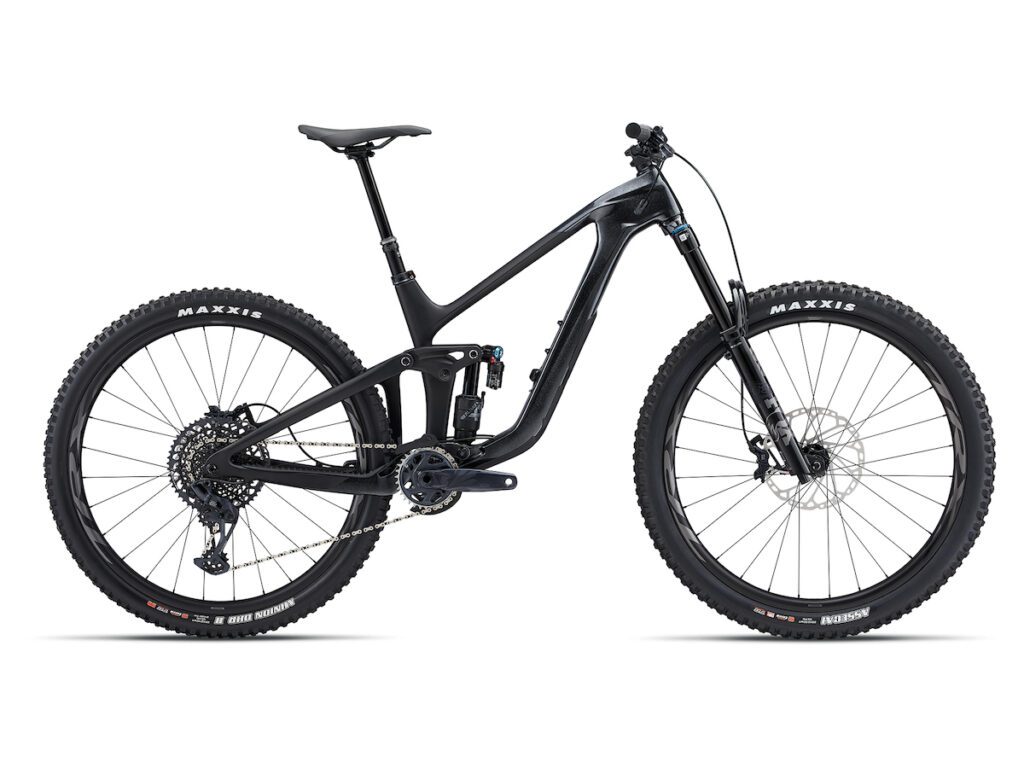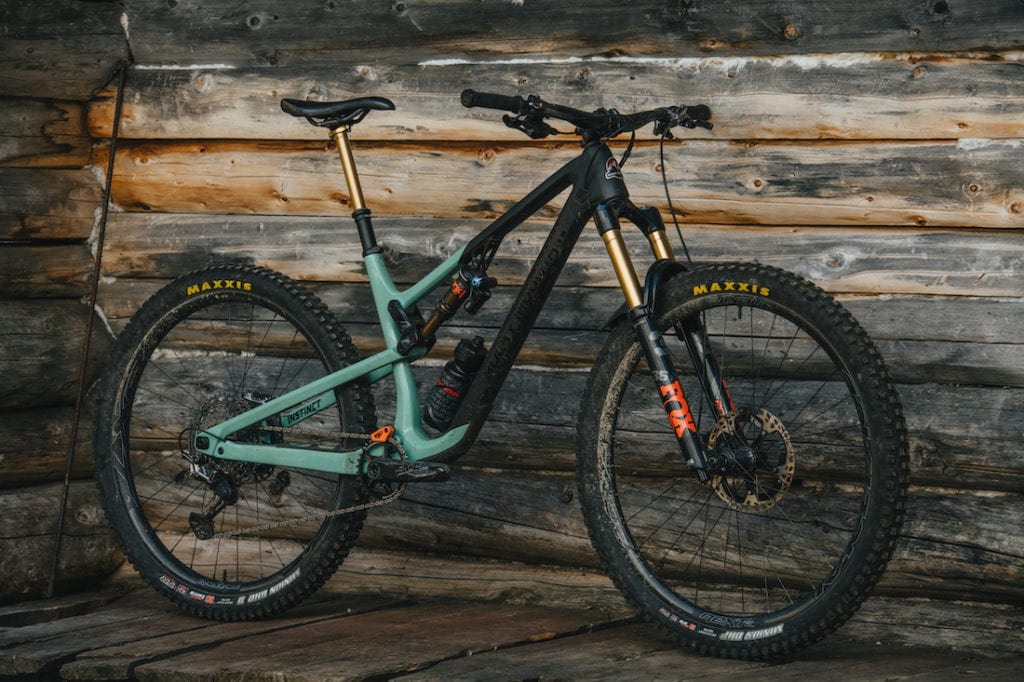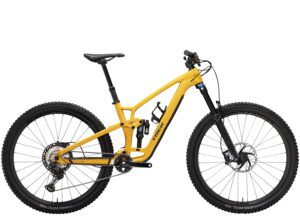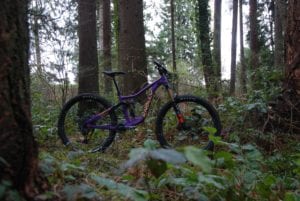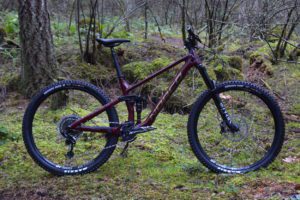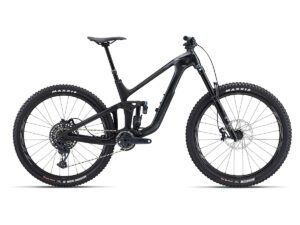XC trail versus short-travel trail bikes: what’s the difference?
Parsing out the distinctions between micro-categories

Bike categories have never really been concrete, clear divisions but, with some recent developments, they are getting more confusing. What makes the difference between a cross country trail bike and a trail bike with short travel? How about the difference between XC and XC Trail? Or long-travel and short-travel trail bikes? And why are there so many categories now?
Brands try to put bikes in categories to make it easier for riders to understand what bike is best suited to their riding. But as the basic categories proliferate into endless micro-categories, the picture gets blurry. Especially when some cross country bikes, like the latest Rocky Mountain Element, have the same travel as some short-travel trail bikes, like the Giant Trance 29. These two bikes have quite different purposes.
So how do you tell them apart if suspension travel is no longer an easy guide? More importantly, how do you find the right bike for you? Below, we’ll break down the differences between categories and how to decide which one suits your style of riding best.
Cross country (XC)
Cross country bikes are designed to be fast and efficient, especially while pedalling. They have geometry that makes them comfortable for spending long hours in the saddle, typically have faster steering for winding through tight, technical trails and aim for a lower weight to aid in easier acceleration and climbing. They can be hardtails or dual suspension with just enough travel, up to 100 or 110mm of rear wheel travel, to take the edge off of roots and rocks and improve speed and control on descents. XC bikes usually use 29″ wheels for efficiency, though some brands still offer 27.5″ wheels in smaller sizes.
Cross country bikes are usually thought of as race bikes since they put such a strong emphasis on pedalling and climbing efficiency. They are, though, a great option for anyone who tends to ride flatter, smoother trails or anyone who enjoys climbing as much as they do descending.
Examples: Ibis Exie, Trek Supercaliber, Canyon Lux World Cup, Norco Revolver FS 100, Scott Spark RC.
XC Trail
A newer category of bike that’s really gained momentum over the last few years is “XC Trail” bikes. Some brands have made tougher builds of their cross country bikes for years, sometimes with slightly more travel. Now, more brands are making separate XC Trail models. These bikes typically have between 110 and 120mm of rear wheel travel and either 120 or 130mm forks, though that’s just the start of the differences.
These don’t just have more travel than their XC counterparts. They also tend to have different geometry, often slightly more balanced between descending capability and climbing efficiency, and tougher parts. XC Trail bikes are great if you’re aiming for a more technical cross country stage race (like BC Bike Race or TransRockies), or if your everyday riding includes lots of climbs but also more technical descents. These bikes are still very focused on efficiency but open the door to taking on (or having fun on) harder or more challenging descents than a pure XC bike.
Examples: Rocky Mountain Element, Canyon Lux Trail, Norco Revolver FS 120, Scott Spark.
Trail bikes (short travel)
Another newer category that is really coming into its own lately is the short-travel trail bike. These scaled-down trail bikes answer rider’s call for bikes that are designed to attack descents but aren’t bogged down by too much suspension travel. Why would you want that? Well, if you want the confidence and control of a trail bike going downhill but your local trails don’t warrant a 150mm/160mm bike, these bikes give you proper geometry and just enough travel. Alternately, if you want a challenge, want a more responsive or precise bike but still want to hit bigger things, short-travel trail bikes back up a little travel with burlier parts.
These bikes can range in travel from roughly 115mm to 130mm of rear wheel travel with forks adding another 130 or 140mm up front. More important than travel is the frame design. Short-travel trail bikes are tougher, and therefore often heavier, than XC bikes. With a focus on descending capabilities, they use geometry that puts you in a more forward position than a cross country bike so you can attack descents in a more aggressive riding position. They often use longer dropper posts to get the seat fully out of the way on descents. The seated position is often more upright, for comfort climbing. The tradeoff is that it’s not as comfortable as a cross country bike when rides stretch beyond a couple of hours or when riding on flatter terrain.
Examples: Giant Trance, Canyon Spectral 125, Norco Optic, Commencal TEMPO, YT Izzo.
Trail bikes (mid-travel and long-travel)
Trail bikes are the broadest category of mountain bike. They cover all kinds of riding styles and all manner of different trails. Basically, anything that’s not a cross country bike or specifically designed as an enduro race bike can be a trail bike. As the average travel numbers have grown, short-travel trail bikes have split off as a specific niche within the broader trail bike category. But mid- and long-travel trail bikes remain as the do-it-all mountain bike. Trail bikes can still be reasonably good at pedaling, but they also have enough suspension to let you hit basically any trail you want, including larger jumps and features. They have bigger tires, 27.5″ or 29″ wheels (or one of each), tougher suspension, bigger brakes and longer-travel dropper posts.
Examples: Specialized Stumpjumper EVO, Trek Fuel EX, Rocky Mountain Instinct, Canyon Spectral, Norco Sight, Giant Reign, Knolly Fugitive 138
XC Trail vs. Short-travel trail? Look to the components
So, what is the difference between an “XC trail” and “short-travel trail” bike? They both approach a similar travel range, but from opposite directions. XC trail makes a cross country bike more capable, without losing efficiency. Short-travel trail bikes take the idea of a trail bike and make it more efficient without losing toughness.
One feature that sets XC trail and short-travel trail bikes apart is to look at the components. While drivetrains are now relatively universal, Shimano XT will work as well on an enduro bike as it does on a XC race bike, other components are more specific. Trail bikes will use forks with wider stanchions (like the Fox 36 on some Norco Optic and Canyon Spectral 125 models) versus lighter forks on XC Trail bikes (like the RockShox SID on a Norco Revolver 120 or Fox 34 on a Rocky Mountain Element). XC trail bikes may use smaller brake rotors or two-piston calipers instead of four-piston brakes and may also use shorter-travel dropper posts compared to trail bikes. Tires are also likely to be heavier and have more aggressive treads on short-travel trail bikes versus the fast-rolling tires on an XC trail bike.
Which you prefer will depend on how you approach your riding. If you like the idea of a cross country bike but want something tougher, XC trail is probably the way to go. It will still be fast and efficient, but more fun to ride on more aggressive trails. On the other hand, if you like to hit jumps and bash through rocks but you want something more precise, or your local trails don’t demand 150mm of travel, a short-travel trail bike could be right for you. It’ll still be tough, and it’s still designed to put descents first, but it will likely be a bit heavier and have slower tires than an XC trail bike.
